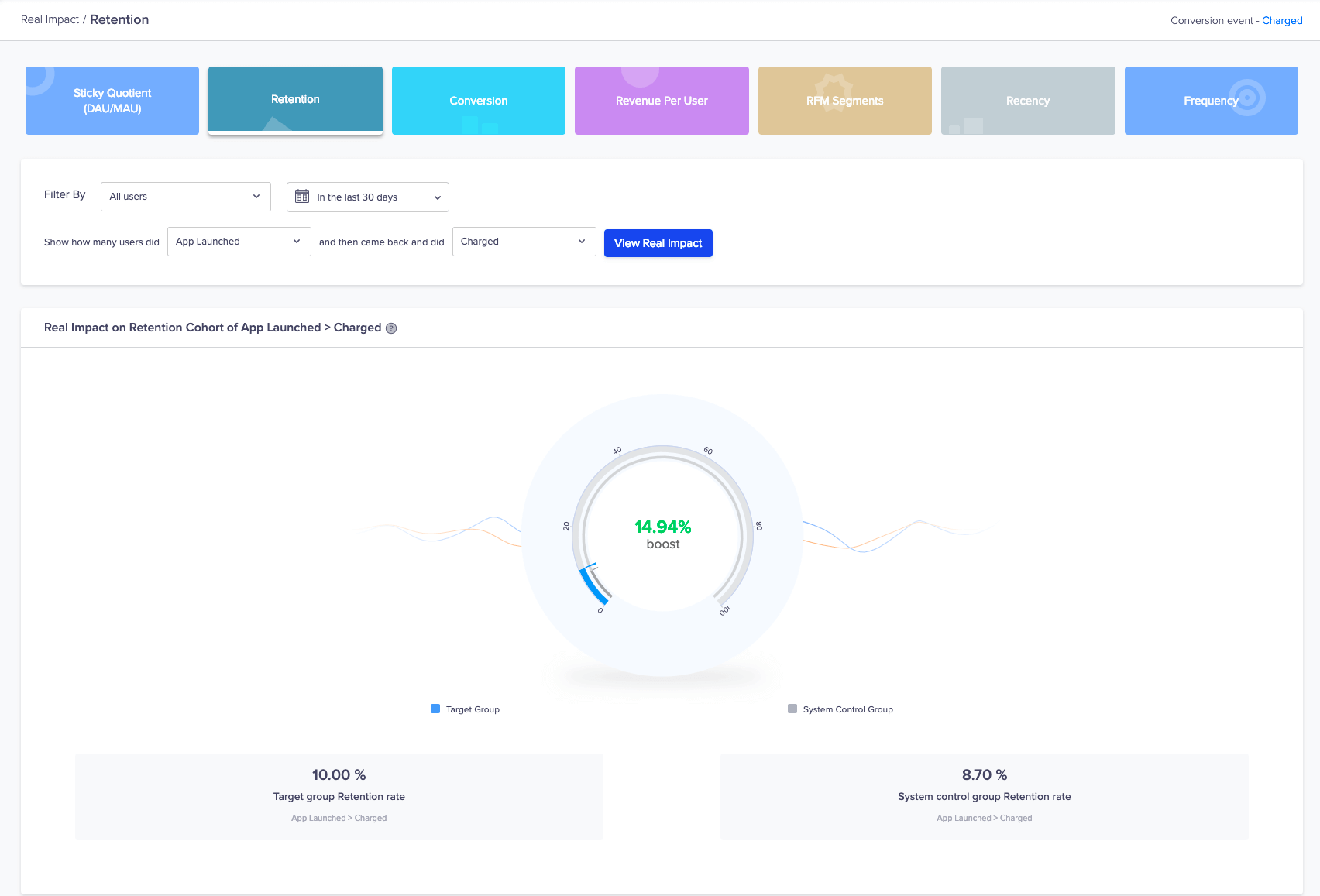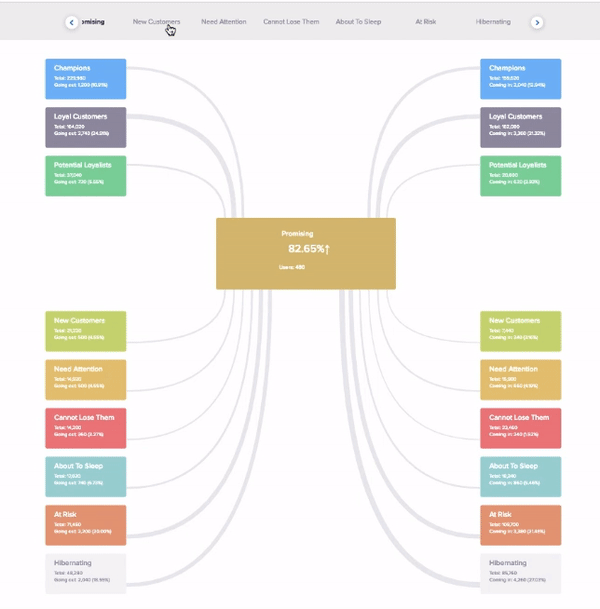Learn how you can Unlock Limitless Customer Lifetime Value with CleverTap’s All-in-One Customer Engagement Platform.

Has it ever happened that, as you reported on campaign stats like impressions, click-through rates, or conversions, you were mercilessly cut off with: “So what?”
While such metrics are great for comparing the performance of specific campaigns. These metrics are not enough to measure the real impact of marketing on business metrics. Using these stats you can’t answer questions like:
Beyond this, you can’t confidently tell if your marketing activities are working. There’s little or no visibility into how marketing is moving the needle. And there’s no long term view of the consolidated impact of all your engagement campaigns.
It’s great to get a stellar CTR for a push notification campaign.
And it’s essential to track your app’s number of downloads.
These metrics seem reasonable to measure. But there’s a catch. These metrics are often not actionable in the context of business growth.
In other words, vanity metrics are measurements designed to be impressive as opposed to being actionable or relevant to core business goals such as revenue or operating margins.1
Spending too much time and energy on tracking vanity metrics can keep you from doing the things that matter to the business.
Say you register a sudden spike in app downloads last month. The metric “app downloads” doesn’t tell you anything about what caused the sudden surge in downloads. Are these users using the app for free? And how engaged are they?
However, if you were able to track metrics like ARPU, retention rate, or frequency of use for users acquired in the last month. You would get actionable insights on the quality of users you just acquired. And unlike vanity metrics, these numbers are actionable.
Metrics that tie specific and repeatable actions to observed results are actionable metrics. They usually cascade down from top-level business objectives.
On the other hand, vanity metrics offer a snapshot of the current state without telling marketers how it happened or what to do next.
Let’s examine the difference between actionable metrics and vanity metrics in the table below:
| Vanity Metrics | Actionable Metrics |
|---|---|
| Marketing Spend | Return on Marketing Spend |
| Number of Leads | Cost per Lead |
| Number of Social Media Followers | Social Media Referrals |
This is not to say that vanity metrics are useless. Generally, these are top of the funnel metrics that often act as indicators for things like brand awareness or reach. Given the right context, vanity metrics can be useful too.
One way to understand the efficacy of your marketing campaigns is to isolate users from receiving campaigns using a control group. Then measure the effectiveness by comparing this group with the target group that receives your campaigns.
Real Impact, our latest reporting dashboard, gives you a long term view of the consolidated impact of your engagement campaigns on business metrics.
Using it you can easily track metrics like average revenue per user, conversions, retention, stickiness, recency and frequency of purchase, and more.
With Real Impact, you can tie marketing dollars spent to dollars earned and align marketing efforts to larger business goals.
Your marketing efforts are as good as your ability to assess their performance. Measuring the right metrics is the means to that end.
The advanced reporting dashboard of Real Impact helps you track a number of key metrics that indicate the effectiveness of your campaigns:

We have seen how important it is to track the right metrics to gauge the true performance of your marketing efforts. You can do it too. Just log into your CleverTap dashboard to start measuring the right metrics. Contact us to see the dashboard live in action.
Also, let us know what you think about the capability in the comments section below.